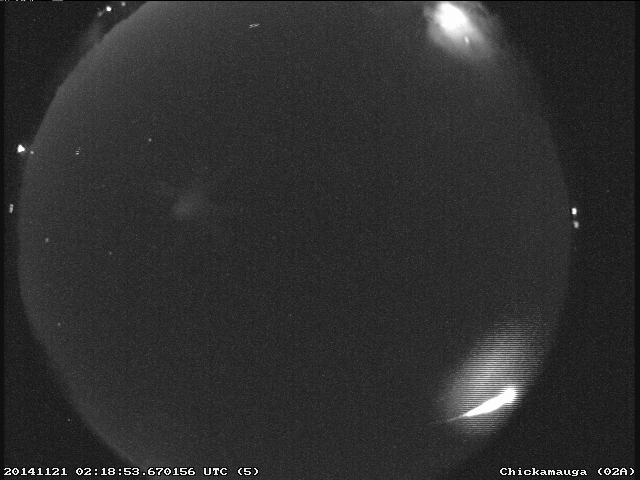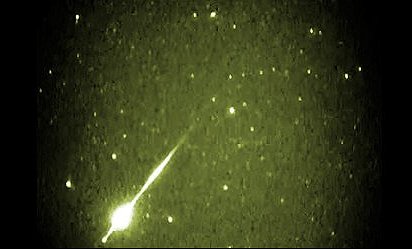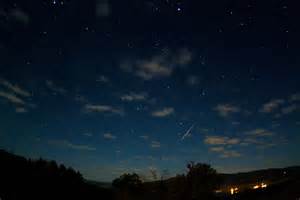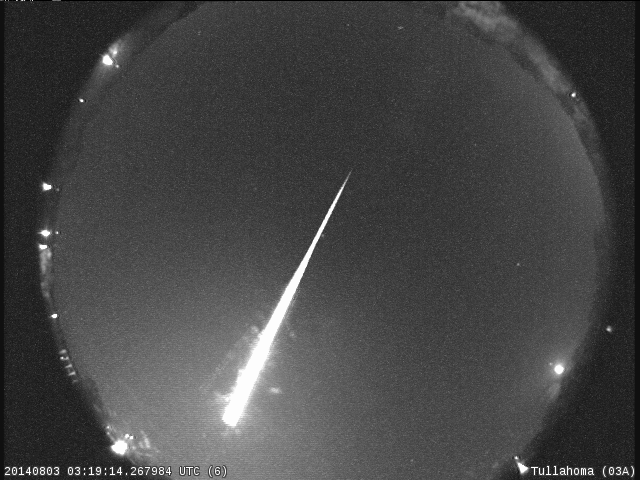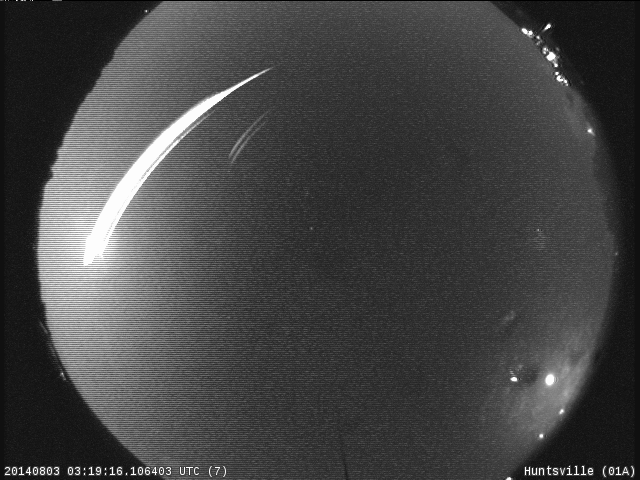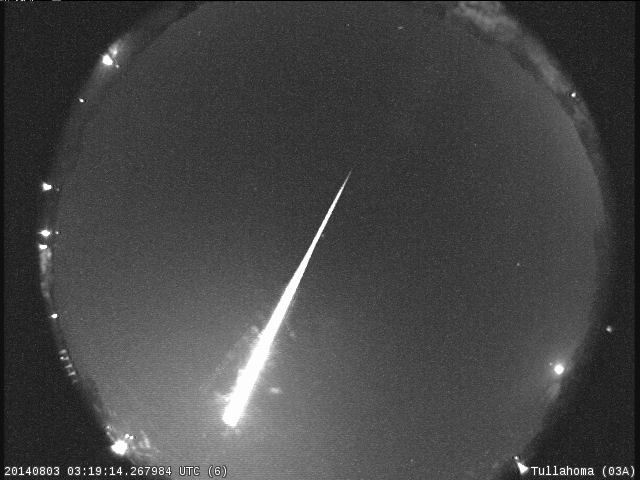On Thursday, October 23, 2014, from 5:00pm – 6:00pm CDT, Marshall scientists Mitzi Adams, Sabrina Savage and Alphonse Sterling will be taking questions about the partial solar eclipse on the NASA Marshall Twitter account: http://twitter.com/NASA_Marshall, using the hashtag #askNASA.
At approximately 4:54 p.m. CDT, the eclipse will begin, with maximum eclipse occurring at 5:54 p.m. The partial eclipse will end at 6:49 p.m. CDT, which is after 6:02 pm sunset in Huntsville.
The magnitude of this eclipse, that is the fraction of the Sun’s diameter covered by the moon, will be 44%. The obscuration, or the fraction of the Sun’s area occulted by the moon, will be 32%.The Sun will be in the constellation Virgo, with Saturn low on the horizon after sunset, and Mars will be farther to the east.
A live Ustream feed of the partial solar eclipse will be available here.
Local Viewing Opportunity
Von Braun Astronomical Society (VBAS) is partnering with the U.S. Space & Rocket Center® on Thursday, October 23, 2014, from 5 p.m. until sundown, for the observance of the partial solar eclipse. Join astronomers in the Davidson Center for Space Exploration parking lot to discuss the phenomenon and observe the solar eclipse through the telescopes. There will be visible-light viewing telescopes to see any sunspots, and special telescopes with hydrogen-light viewing in order to see the prominences at the edge of the sun.
The telescopes are equipped with filters for safe viewing of the sun. Never look at the Sun directly! Attempting to look directly at the sun without such special filters is harmful to the eyes.
This event is free and open to the public.

